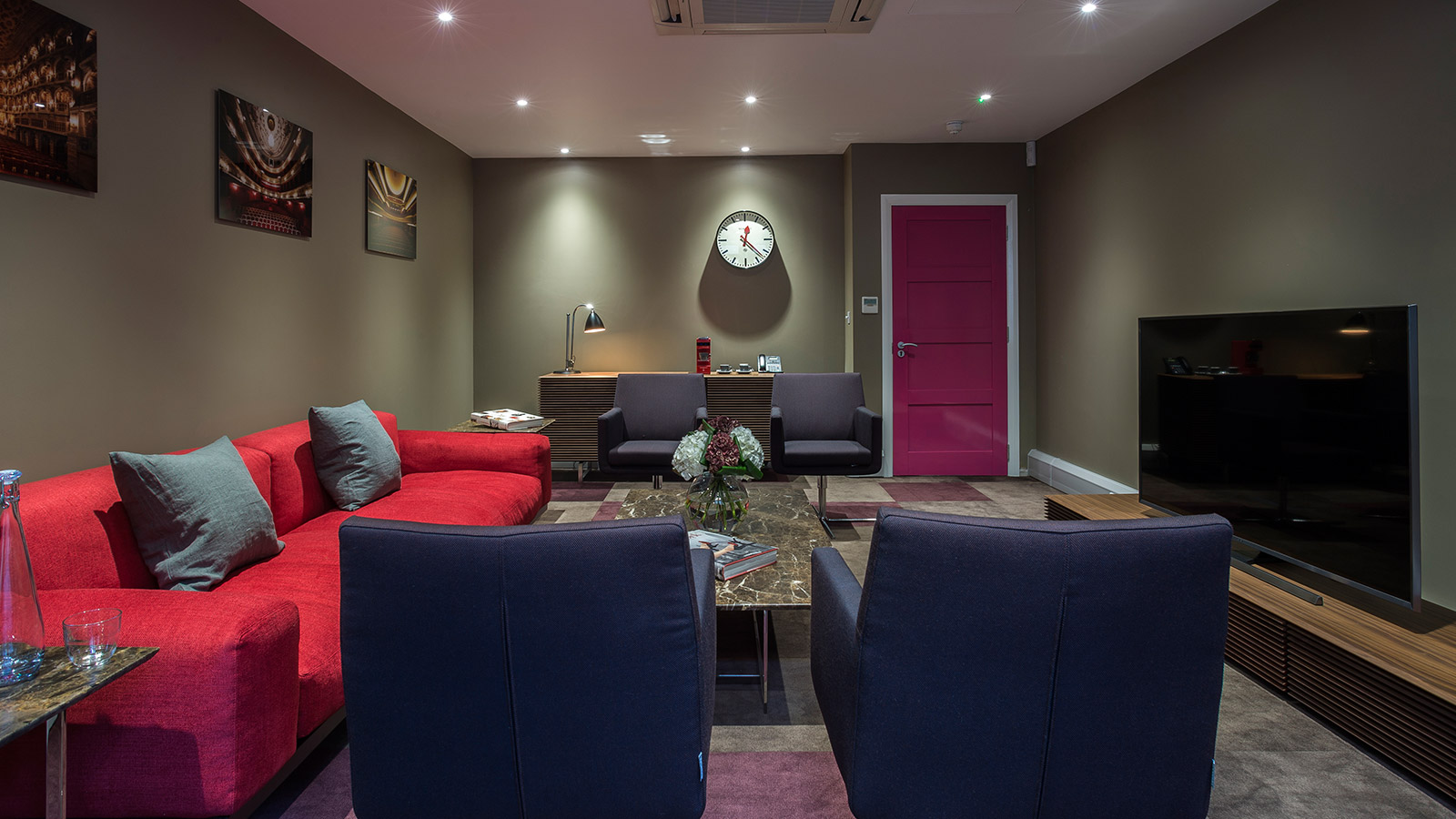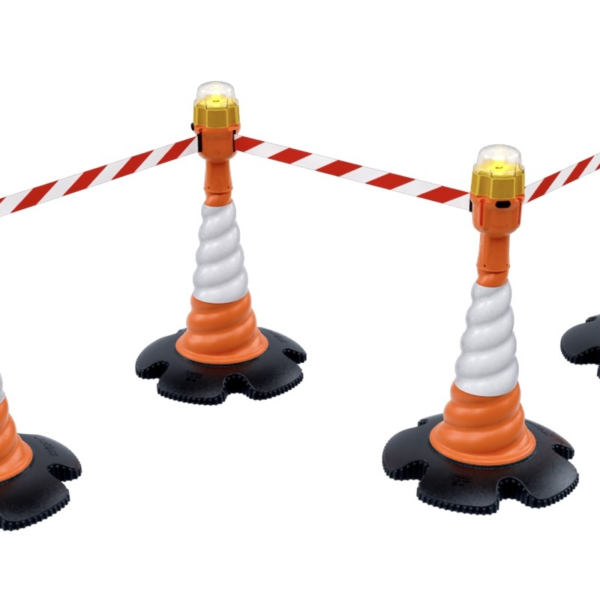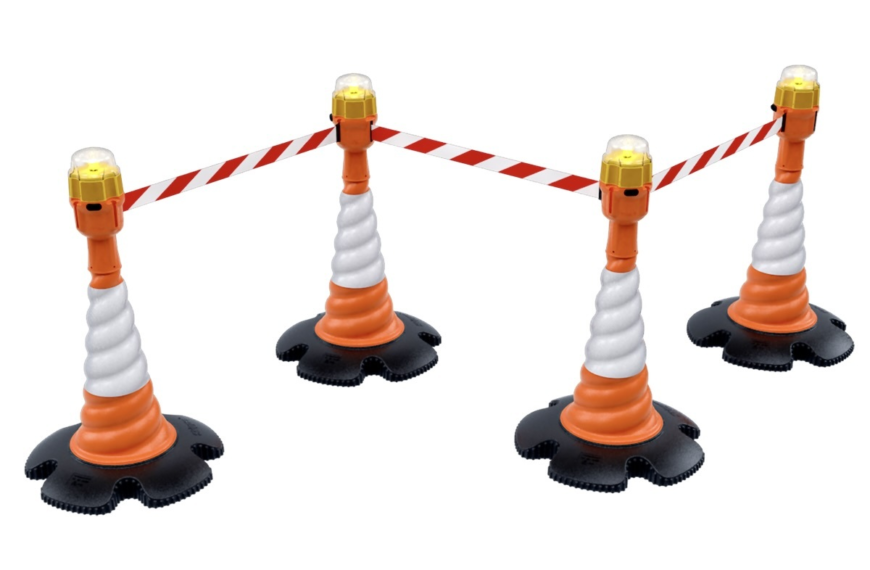Booking a meeting room is a crucial task for ensuring successful business meetings, conferences, or events. The right environment can significantly impact the effectiveness of your gathering. This comprehensive guide will provide you with tips and considerations for book meeting room, covering everything from identifying your needs to making the final reservation.
Why Book a Meeting Room?
1. Professional Environment
A dedicated meeting room provides a professional setting that can enhance the image of your company and leave a positive impression on clients, partners, and employees.
2. Focused Atmosphere
Meeting rooms are designed to minimize distractions, creating an environment where participants can focus on the agenda and achieve productive outcomes.
3. Access to Amenities
Meeting rooms often come equipped with essential amenities such as projectors, audio-visual equipment, high-speed internet, and comfortable seating, which can facilitate effective communication and collaboration.
4. Convenience
Booking a meeting room can save time and effort compared to setting up a space in your office, especially if you need specific facilities or a larger capacity.
Steps to Booking a Meeting Room
1. Identify Your Needs
Start by understanding the specific requirements for your meeting. Consider the following:
– Number of Attendees: Determine the number of participants to ensure the room can accommodate everyone comfortably.
– Type of Meeting: Consider the nature of the meeting (e.g., presentation, workshop, brainstorming session) to choose a room with appropriate facilities.
– Duration: Estimate the length of time you will need the room, including setup and cleanup time.
2. Set a Budget
Establish a budget for the meeting room rental. Prices can vary based on location, amenities, and duration. Be sure to factor in any additional costs for equipment, catering, or parking.
3. Choose a Location
Select a convenient location that is easily accessible for all participants. Consider the following:
– Proximity to Public Transport: Ensure the location is near public transportation options for those without private vehicles.
– Parking Facilities: Check if there is adequate parking available for attendees.
– Nearby Amenities: Consider the availability of nearby restaurants, hotels, or other facilities that participants may need.
4. Research and Compare Options
Research different venues and compare their offerings. Look for online reviews and testimonials to gauge the experiences of other clients. Consider visiting the venues in person to get a better sense of the space and amenities.
5. Check Availability
Once you have shortlisted potential venues, check their availability for your desired date and time. It’s advisable to book well in advance, especially if you are planning a meeting during peak times or in a high-demand location.
6. Review the Amenities
Ensure the meeting room has the necessary amenities and facilities for your event. Common amenities to look for include:
– Audio-Visual Equipment: Projectors, screens, microphones, and speakers.
– Internet Access: High-speed Wi-Fi for all participants.
– Furniture: Comfortable seating, tables, and whiteboards.
– Climate Control: Heating and air conditioning for a comfortable environment.
– Refreshments: Availability of coffee, tea, water, and catering services.
7. Understand the Terms and Conditions
Carefully review the terms and conditions of the rental agreement. Pay attention to cancellation policies, payment terms, and any additional fees. Ensure you understand the responsibilities for setup and cleanup, and any restrictions on the use of the space.
8. Make the Reservation
Once you have chosen a suitable venue and agreed on the terms, make the reservation. Confirm the details in writing, including the date, time, duration, and any specific requirements or arrangements.
9. Communicate with Participants
Inform all participants about the meeting details, including the location, time, agenda, and any special instructions. Provide directions and information about parking or public transport options.
10. Prepare for the Meeting
Before the meeting, ensure that all necessary materials and equipment are prepared. Arrive early to set up the room and test any audio-visual equipment to avoid technical issues during the meeting.
Tips for a Successful Meeting Room Booking
1. Book Early
To secure your preferred venue and time slot, it’s important to book as early as possible. Popular meeting rooms can be in high demand, especially during peak business hours or seasons.
2. Be Clear About Your Needs
Provide detailed information about your requirements when booking the room. This ensures that the venue can accommodate your needs and avoids any last-minute issues.
3. Negotiate When Possible
Don’t hesitate to negotiate the terms and price of the rental. Venues may offer discounts for longer bookings or multiple reservations.
4. Have a Backup Plan
Unexpected issues can arise, such as technical difficulties or last-minute cancellations. Have a backup plan in place, such as an alternative venue or a virtual meeting option.
5. Provide Feedback
After the meeting, provide feedback to the venue. This helps them improve their services and can strengthen your relationship for future bookings.
Conclusion
Book meeting room involves careful planning and consideration to ensure a successful event. By identifying your needs, setting a budget, choosing a convenient location, and thoroughly researching your options, you can find the perfect space for your meeting. Following these steps and tips will help you secure a professional, well-equipped meeting room that enhances the productivity and effectiveness of your gathering.













